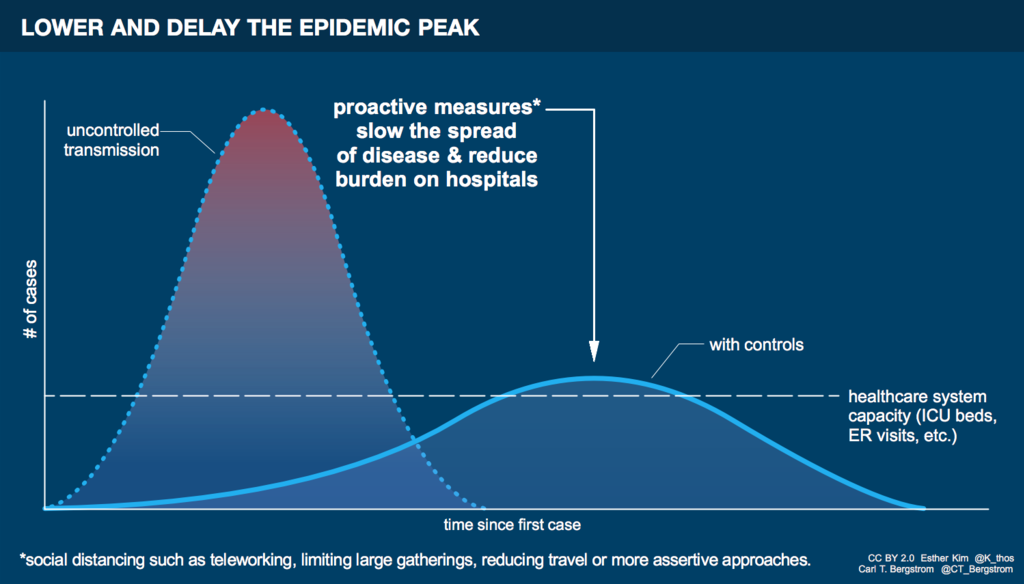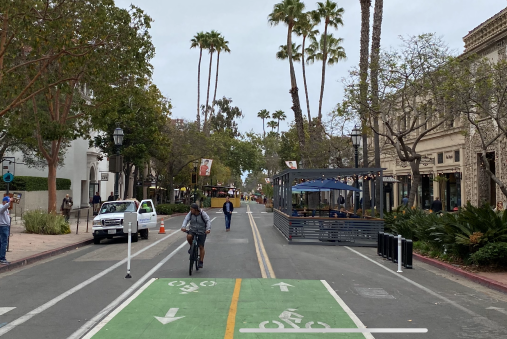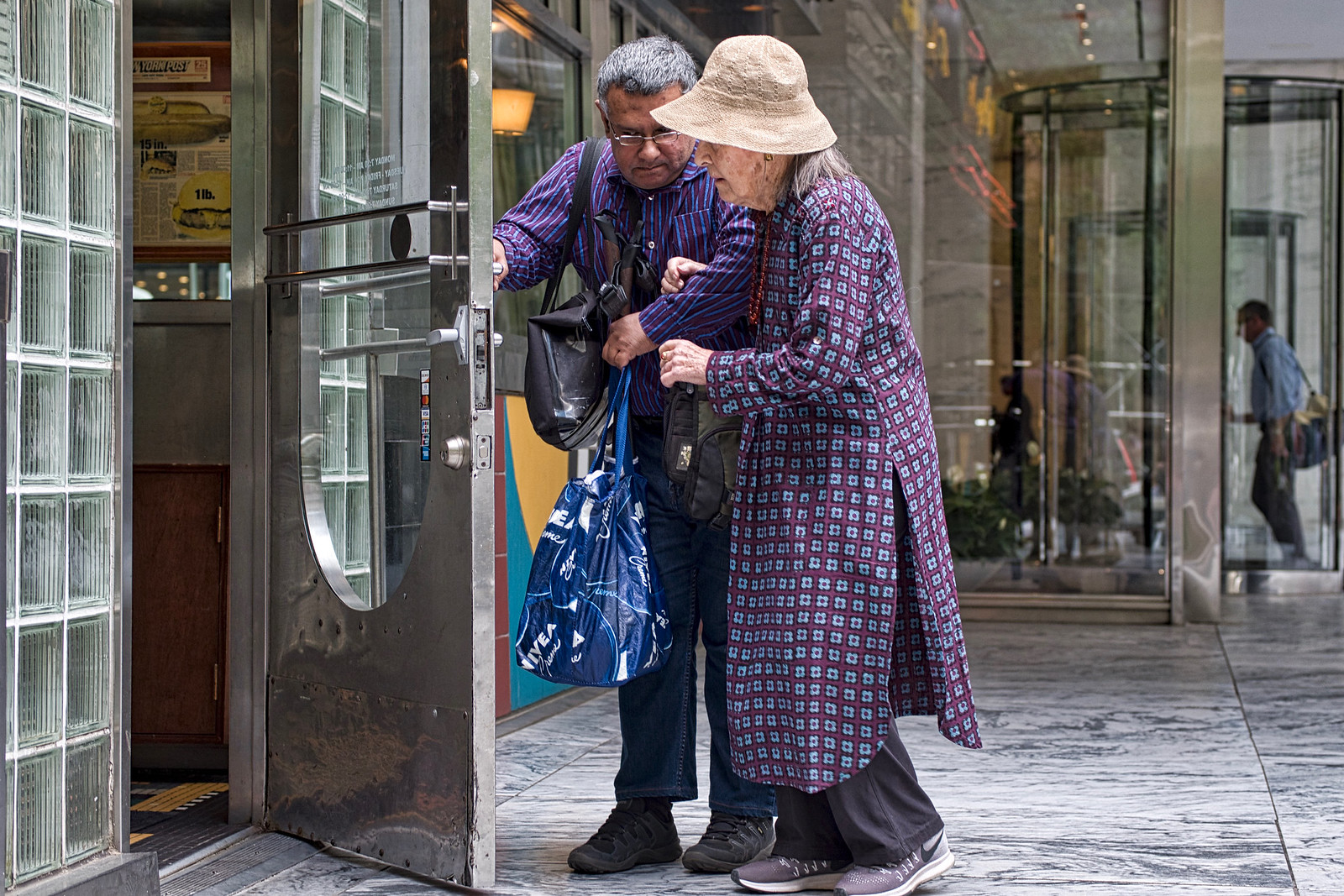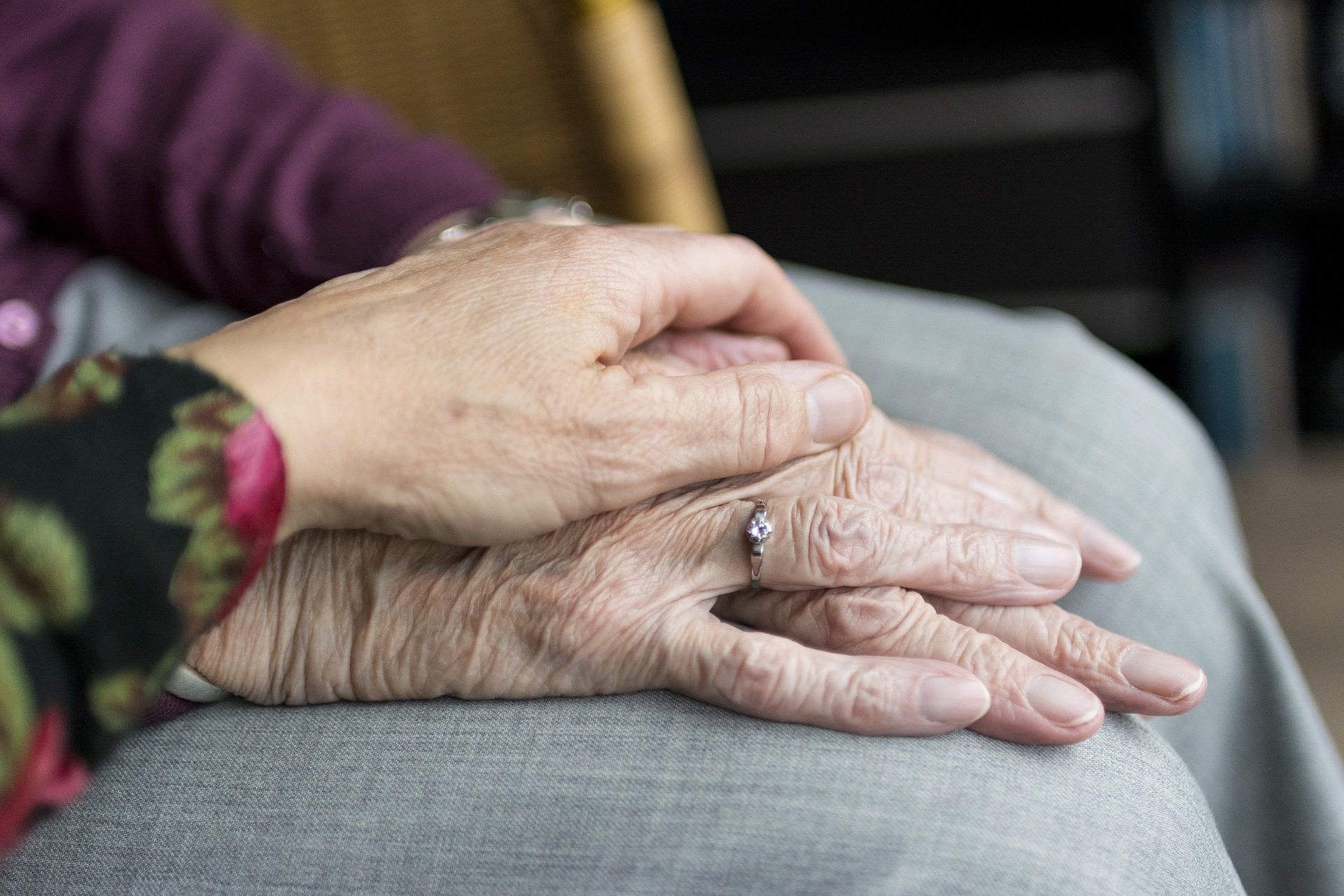
When you need time to adapt and respond, “flatten the curve”
The concept of “flattening the curve” isn’t just applicable to the management of a deadly pandemic – it also brings insights for how we might deal with other societal challenges, most notably climate change.

You’ve seen the chart. The one with the two curves – the steep, spiky one that shows what will happen if we do nothing to contain coronavirus, and the “flat” one that shows how, with strong interventions to limit the spread of the virus now, we can prevent a surge of cases that would overwhelm the health care system.
Few charts in recent history have gone so “viral,” or have made such an immediate impact. People around the world have rallied behind the cause of “flattening the curve.”
The chart has been valuable in communicating the importance of social distancing. But it tells only part of the story of why aggressive action now can set us up for success against coronavirus in the long run. Moreover, the concept of “flattening the curve” isn’t just applicable to the management of a deadly pandemic – it also brings insights for how we might deal with other societal challenges, most notably climate change.
Every chart is a simplified tool for understanding a complex reality. The “flattening the curve” chart is no different. Embedded within the most common versions of the chart are a few simplifying assumptions:
1) That the number of people infected over time will be roughly similar if the curve is flat or spiky,
2) That the severity of illness – the amount of burden people who are sick will put on the health care system – will remain roughly similar over time, and
3) That the capacity of the health care system will remain roughly similar for the duration of the pandemic.
There is much we don’t know yet about coronavirus. But we shouldn’t necessarily assume that these three assumptions are true. Perhaps with more time we can develop a vaccine or adopt more effective quarantine or social distancing practices that will reduce the total number of infections. Perhaps with more time we can develop treatments that reduce the severity of the illness so that fewer people need to find their way to intensive care. And perhaps with more time we can add the hospital beds, ventilators and health care staffing capacity we need to enable the system to accommodate a surge of COVID cases while continuing to deliver normal health care services to those who need them.
Flattening the curve isn’t just about drawing the tragedy of COVID out for a longer period of time and preserving the capacity of a strained health care system. It’s about buying time to find more lasting and durable solutions that can reduce the overall impact of the pandemic.
It is not hard to see the parallels to the economic aspects of the crisis. The suddenness and severity of the economic blow to households, small businesses, non-profit organizations and local governments threatens not just temporary disruption but permanent damage to systems that sustain and improve the quality of life in our communities. Delaying or softening the economic blow can give us time to react and build a post-COVID economy, and to ensure that we don’t lose anything during the crisis that we will wish we had once it ends.
It is also not hard to see how “flattening the curve” might be applied to other societal problems, including climate change.
Similar to coronavirus, the speed of climate change is a big part of the problem. Rising seas, more extreme storms, more frequent and severe heat waves – all of them stretch the adaptive capacity of human-built systems and ecosystems. Flattening the curve on greenhouse gas emissions gives us more time to adapt to a new climate “normal.”
More importantly, it also gives us more time to develop the new technologies and new ways of being that will enable us to zero out carbon pollution and reduce the severity of the climate-related challenges that our children and grandchildren will face.
Using the technologies, tools and societal practices we have available now – from energy efficiency to conservation to renewable energy – can buy us time to mobilize society’s resources to make the deeper changes needed to decarbonize our economy and give us time to figure out the parts of the puzzle for which there are no obvious solutions today, such as how to decarbonize manufacturing and aviation.
It would have been ideal, of course, to have begun our preparations for both coronavirus and the climate crisis sooner, but that is all water under the bridge. For coronavirus, the best thing we can do now is to buy time for our medical and health care leaders, policy-makers, and society in general to respond. By doing so, we will not only spread out the pain over a more manageable period of time, but we will also keep the door open to the kinds of breakthroughs that will enable us to end the crisis sooner, and come out of it stronger, than might seem possible now.
And perhaps, once we have emerged from the crisis, we will also gain the wisdom to apply the lessons it is teaching us to the other urgent threats that face our world.
Image credit: Esther Kim and Carl T. Bergstrom, CC BY 2.0
Topics
Authors
Tony Dutzik
Associate Director and Senior Policy Analyst, Frontier Group
Tony Dutzik is associate director and senior policy analyst with Frontier Group. His research and ideas on climate, energy and transportation policy have helped shape public policy debates across the U.S., and have earned coverage in media outlets from the New York Times to National Public Radio. A former journalist, Tony lives and works in Boston.
Find Out More

Choose forward.

Essential workers: Unpaid caregivers and the future of work

Nowhere safe to rest: Nursing homes in the pandemic

